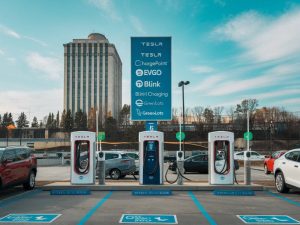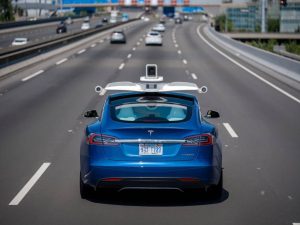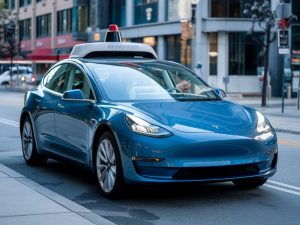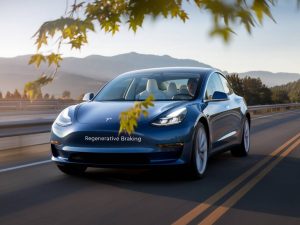The latest advancements in autonomous driving technology for evs
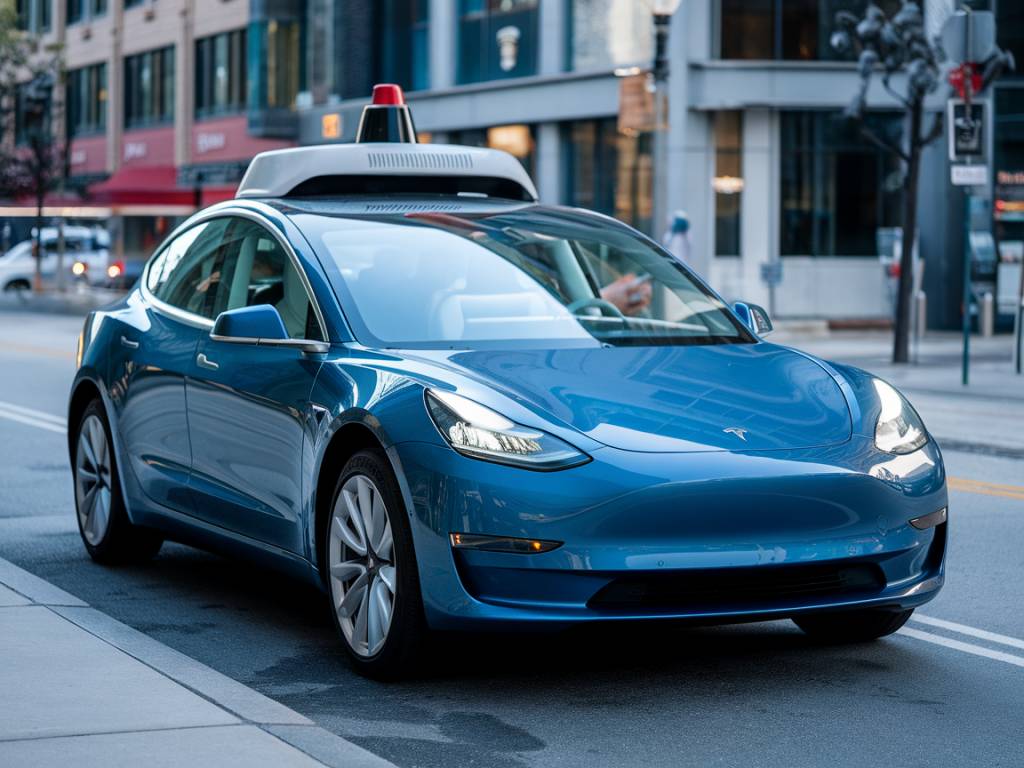
the latest advancements in autonomous driving technology for evs
The rapid advancements in autonomous driving technology, particularly within the realm of electric vehicles (EVs), are shaping the future of transportation. This article explores the latest innovations and their potential impact, providing a comprehensive overview for those interested in the dynamic intersection of autonomous driving and electric vehicles.
Integration of AI and Machine Learning in Autonomous EVs
Artificial Intelligence (AI) and Machine Learning (ML) are at the core of modern autonomous driving systems. These technologies allow EVs to learn from vast amounts of data, enhancing their ability to navigate complex environments autonomously. The AI algorithms process data from various sensors, cameras, and radar systems to make real-time decisions, ensuring safety and efficiency on the road.
Recent advancements in AI include improved neural networks that mimic human decision-making processes, enabling better recognition of traffic signs, pedestrians, and other vehicles. Machine Learning enables cars to continually improve their driving capabilities by learning from real-world driving scenarios.
Role of High-Resolution Sensors and Cameras
The integration of high-resolution sensors and cameras is another critical advancement in autonomous EV technology. These components serve as the vehicle’s eyes, providing detailed, 360-degree views of the surrounding environment. The latest sensors, including LiDAR (Light Detection and Ranging) systems, offer higher resolution and longer range, allowing for precise mapping and obstacle detection, even at night or in adverse weather conditions.
Furthermore, advanced camera technologies enhance the vehicle’s ability to interpret visual data accurately. Combined with sophisticated algorithms, these systems contribute to the high level of safety and reliability required for autonomous driving.
Enhancements in Vehicle-to-Everything (V2X) Communication
Vehicle-to-Everything (V2X) communication is a pivotal technology for autonomous EVs. It facilitates real-time interaction between the vehicle and its environment, including other vehicles (V2V), infrastructure (V2I), pedestrians (V2P), and networks (V2N). This interconnected ecosystem enhances situational awareness and allows for more informed decision-making processes.
Recent improvements in V2X communication protocols, such as 5G, have significantly increased data transfer speeds and reduced latency, making real-time information sharing more efficient. These advancements enable autonomous EVs to react to dynamic road conditions swiftly, enhancing overall safety and traffic management.
Development of Advanced Driver Assistance Systems (ADAS)
Advanced Driver Assistance Systems (ADAS) are the building blocks of autonomous driving technology. These systems include features such as adaptive cruise control, lane-keeping assistance, automatic emergency braking, and traffic sign recognition. Continuous improvements in ADAS technologies are paving the way for more sophisticated autonomous driving capabilities.
Latest innovations in ADAS focus on predictive capabilities, where the systems can anticipate potential hazards and take preventive actions. For instance, predictive cruise control can adjust the vehicle’s speed based on traffic patterns ahead, enhancing fuel efficiency and passenger comfort.
Safety and Regulatory Standards
Ensuring the safety of autonomous EVs is paramount, and this requires strict adherence to regulatory standards. Governments and regulatory bodies worldwide are working on establishing robust frameworks to govern the deployment and operation of autonomous vehicles. These regulations address critical aspects such as data security, passenger safety, and ethical considerations in decision-making algorithms.
Recent regulatory developments include comprehensive testing protocols and certifications for autonomous systems. These measures aim to build public trust and ensure that autonomous EVs can safely coexist with traditional vehicles on the road.
Innovations in Battery Technology and Charging Infrastructure
The synergy between autonomous driving and electric vehicles is largely driven by advancements in battery technology and charging infrastructure. Improvements in battery efficiency, energy density, and charging speeds are crucial for the widespread adoption of autonomous EVs.
Recent innovations include the development of solid-state batteries, which offer higher energy densities and longer lifespans compared to traditional lithium-ion batteries. Fast-charging technologies, such as ultra-high-power charging stations, are also being deployed to minimize downtime and extend the range of autonomous EVs.
Efforts in Human-Machine Interface (HMI) Design
The Human-Machine Interface (HMI) design plays a significant role in ensuring a seamless interaction between the driver and the autonomous EV. Recent advancements focus on creating intuitive and user-friendly interfaces that enhance the overall driving experience.
Innovative HMI designs incorporate voice recognition, gesture control, and augmented reality displays, providing drivers with critical information without causing distractions. These systems also facilitate easy access to navigation, entertainment, and vehicle controls, making the autonomous driving experience more enjoyable and effortless.
Impact on Urban Mobility and Traffic Management
The deployment of autonomous EVs has the potential to revolutionize urban mobility and traffic management. By reducing the reliance on human drivers, these technologies can significantly decrease traffic congestion, improve road safety, and optimize traffic flow.
Recent studies suggest that a well-integrated network of autonomous EVs can lead to more efficient use of road space, reducing the overall number of vehicles required and easing parking demands. Moreover, autonomous EVs can provide greater accessibility to transportation for individuals with disabilities and the elderly, promoting inclusiveness and mobility for all.
Collaborations and Partnerships in the Industry
Collaboration and partnerships among automakers, technology companies, and research institutions are driving the rapid advancements in autonomous driving technology for EVs. These collaborative efforts are essential for addressing the complex challenges and accelerating the development and deployment of autonomous EVs.
Recent notable collaborations include partnerships between traditional automotive giants and tech companies specializing in AI and ML. These alliances aim to leverage each other’s strengths and expertise, resulting in innovative solutions and faster time-to-market for autonomous EV technologies.
Challenges and Future Outlook
Despite significant advancements, several challenges remain in the widespread adoption of autonomous EVs. These challenges include technological limitations, high development costs, cybersecurity threats, and public acceptance.
Addressing these challenges requires ongoing research, investments, and collaborative efforts across multiple sectors. The future outlook for autonomous EVs is promising, with continuous advancements expected to overcome existing barriers and unlock new possibilities in the transportation landscape.
As we move forward, the integration of autonomous driving technology in electric vehicles will undoubtedly play a critical role in shaping the future of transportation, offering numerous benefits in terms of safety, efficiency, and sustainability. This exciting evolution promises to redefine our relationship with mobility and pave the way for a cleaner, smarter, and more connected world.


